What is the most productive/efficient time frame to trade to maximize profits/minimize losses?
ANSWER:
This question was sent in by Eric Noel of Ottawa, Ontario, Canada. There are several aspects to that question, but the most important is the financial aspect. The more money one is working with, the larger the time frame that must be traded simply due to the issue of liquidity. The only way an extremely wealthy investor can enter or exit a large position is when a significant number of smaller investors want to do the opposite. This creates the two conditions commonly referred to as accumulation and distribution (respectively).
If you are a large investor, the time frame that is most advantageous will be much larger than that of a small investor. The less money one has to invest, the shorter the time frame that must be traded in order to keep risk (as a percentage of total capital) close to the universally accepted “safe” levels of 1%-2%.
So, the answer to the above question is, “It depends on how much money you are working with.” If you are new to the business and don`t have much captial (less than $50,000), I recommend using an Hourly time frame to keep your risk low and gain trading experience. If you have at least a few years experience and at least $100,000 to invest, a Daily time frame is best. If you are working with $1 million or more, and have at least 10 years of investing experience, Weekly charts are probably best. If your investment capital is over $10 million, and you are not diversifying much, Monthly charts will be most efficient. If you are working with $100 million or more, Quarterly and Yearly charts will be required UNLESS you are diversifying into many different areas (i.e., stocks, futures, currencies, etc)

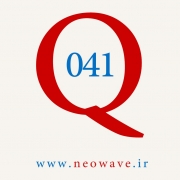
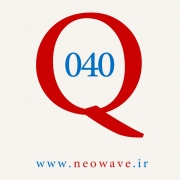
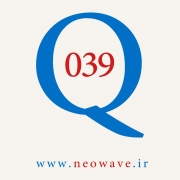
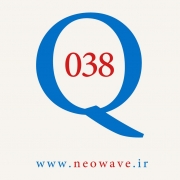
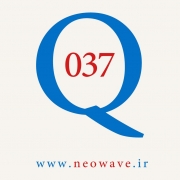
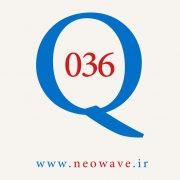
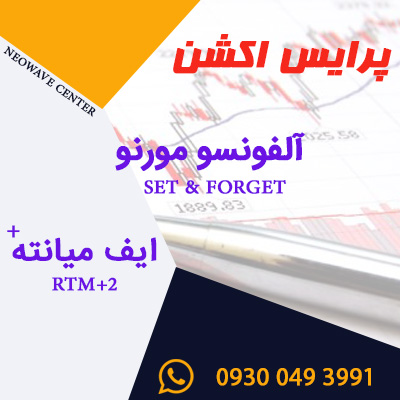
آخرین دیدگاهها